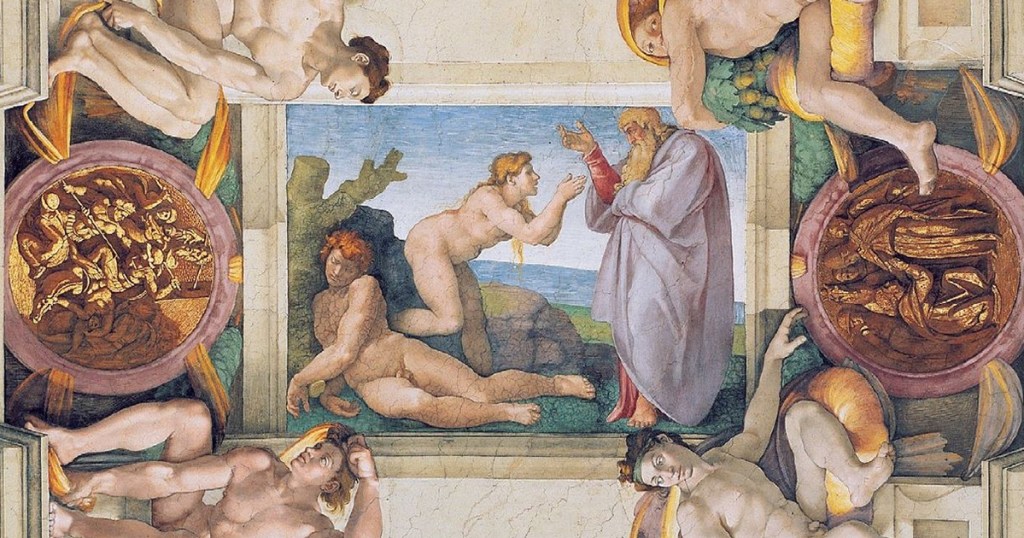The study of biblical texts is carried out using the approach of literary criticism, examining works like literature produced in the Hebrew language and published over the centuries.
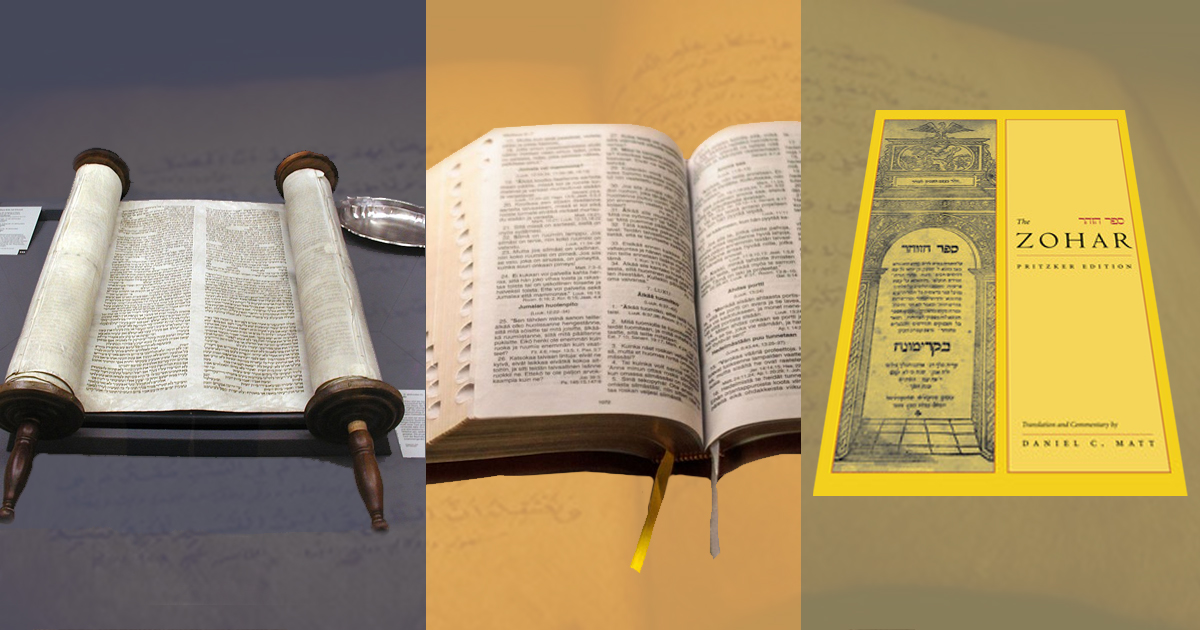
By Valéria Dias
Most people have learned about the biblical texts through a religious, Judeo-Christian interpretation. But how many have read a story like the story of Adam and Eve as literature, with all the nuances of a literary text?
This is the purpose of a group of researchers from the School of Philosophy, Literature and Human Sciences (FFLCH) at USP,
coordinated by professor Suzana Chwarts, who intend to study the figure of women and the feminine in the Hebrew and Christian Bibles and the Kabbalah, based on the reading of these texts as literary texts.

But how do we scientifically study the scriptures? The group’s idea is not to desecrate the writings, for that would be to alter their essence, since they were not composed as secular texts, but as sacred ones.
Once in the field of academic inquiry, we have to discard some of the criteria of theology and religion: Is that true? Is that faith? And to apply scientific criteria to the texts, such as the principle of doubt and the practice of free inquiry. We may and should query the text and use this freedom to formulate a critical commentary, whose objective is to elucidate and illuminate”, explains to the USP Newspaper Suzana Chwarts, professor of Interdisciplinary Studies of the Hebrew Bible at the Department of Oriental Literature at FFLCH (Faculty of Philosophy, Literature, and Human Sciences), and director of the Center for Jewish
Studies at USP.
The researcher also reinforces that it does not behoove her or the group
to question any religious tradition — because all of them are lawful.
According to her, the great key to analyzing these scriptures is literary criticism: to read the text like any other in literature and make a dispassionate reading: there is a storyteller, several characters, verbs used to indicate actions, the narrative takes a certain course, etc. (read at the end of this text the story of Eden, from reading in the original Hebrew).
The researchers are guided by the freedom to interrogate and inquiry the biblical text and by the goal of forming a critical-academic and, therefore, interdiscipline on these texts and everything in them: the social, political, historical context, the postulates of faith, the narratives, all the literary aspects, the reception and impact of them.
The Bible
The Hebrew Bible is an anthology of a variety of genres. It has been published and reissued numerous times for at least nine centuries. These are books of oral traditions, stories, laws, proverbs, poems, speeches of kings and prophets, fables, and all ordained according to canonical standards. However, each book brings its own authorial and linguistic characteristics.
According to Professor Suzana, it is necessary to comprehend in this plurality the different points of view expressed in the Hebrew Bible. What we read in Deuteronomy is different in Exodus and Leviticus, and different in the Chronicles. One must take into account the didactic inherent in each set of texts, their referential qualities and internal relationships, and the marks of their various writer-editors.
Hebrew Bible
It is the Old Testament for Christianity. It has 46 books (39 in the version used by Protestant Christians).
The first five books are known as the Torah or Pentateuch and their authorship, according to ancient religious tradition, is attributed to Moses, the most important prophet for Judaism:
- Genesis
- Exodus
- Leviticus
- Numbers
- Deuteronomy
Christian Bible
This is the New Testament of Christianity. It tells about the life of Jesus, his teachings, and the events connected with the beginnings of Christianity. It consists of 27 books, divided into:
Four Gospels: Matthew, Mark, Luke, John
Historical Book: Acts of the Apostles
21 Epistles
Prophetic Book: Revelation
Kabbalah
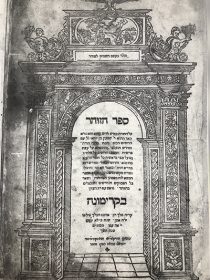 According to Professor Suzana, Kabbalah is a general term (meaning receiving a tradition) attributed to an entire religious movement in full development – from the Middle Ages to the present day. This is a mystic interpretation of the Torah, including the letters used in the texts.
According to Professor Suzana, Kabbalah is a general term (meaning receiving a tradition) attributed to an entire religious movement in full development – from the Middle Ages to the present day. This is a mystic interpretation of the Torah, including the letters used in the texts.
The professor points out that this aspect is very interesting because in literature the printed letter has no importance as a symbol, but in Jewish mysticism, each letter has an immeasurable divine meaning.
The group will draw on the Zohar (Book of Splendor) written in Aramaic in 13th century Spain to study the exaltation of the feminine in the representation of the sacred and divinity.
Women and the Feminine in the Bible
The professor explains that the group organized around a theme of the highest importance in the Hebrew and Christian Bibles: women and the feminine. According to her, the translation of critical works on the Bible into Portuguese is carried out mainly by theological publishers, aligned with religious themes – Catholics, Protestants and Jews. And as far as studies on women are concerned, there is nothing, she says. In academia, the professor says that there is a prevalence of feminist
studies, post-colonial studies, and other hermeneutics that are not at the center of the group.
Suzana says that studies of the feminine and women in the Bible have also been relegated to the sphere of folklore or considered “not serious” in academia, once the idea was that a serious study should focus on patriarchs, prophets, kings, and wise men. “There is still a certain prejudice and a reaction of weirdness when we analyze the patriarchal narrative under the perspective of the matriarchs or the predominance of women in the Song of Songs.”

According to the researcher, from the point of view of Jewish and Christian exegesis (the study of the grammatical and systematic interpretation of Scripture), the Song of Songs is a poem that talks about love between God and a personification of Israel or between God and the Church – and not about erotic love between a man and a woman. “In the Song of Songs, we have a man who speaks of his beloved’s breasts and thighs and a woman who even describes her sexual fantasies, such as her desire to nurse her beloved, in his mother's house”.
Suzana acknowledges that the question of feminine sexuality, important in the Bible, is an intimidating subject, difficult to deal with. Men are usually described as heroes or anti-heroes, patriarchs, judges, kings or prophets. And, although one judge woman and three prophetess women are known in the scriptures, the image of the biblical woman is mainly constructed based on her function in the family – where she is tied to the authority of the father or husband – and from aspects of her sexuality,
such as beauty and desire and physiological phenomena, such as menstruation.
Culturally, menstrual blood is a universal taboo; but in several Bible versions, this taboo is further reinforced by the translation as “uncleanness”. The professor explains that in the Bible there is a purity/impurity system to order human relationships and align them with the idea of holiness. That, which is chaotic, disordered, and powerful by nature, everything that ancient man cannot properly understand – such as sexual intercourse, childbirth, and menstruation – is placed in the category of ritual impurity, a transitory state where a ritual is needed to reinsert the person into order and social coexistence. Death alone represents a permanent state of ceremonial impurity. For all the others, there are proper rituals to restore purity. For menstruation, it is a bath and the wearing of clean clothes.
Feminine adornments
One of the group’s research topics is female adornments as identity and insignia. The professor says that the biblical texts refer to them, sometimes exalting, sometimes condemning them.
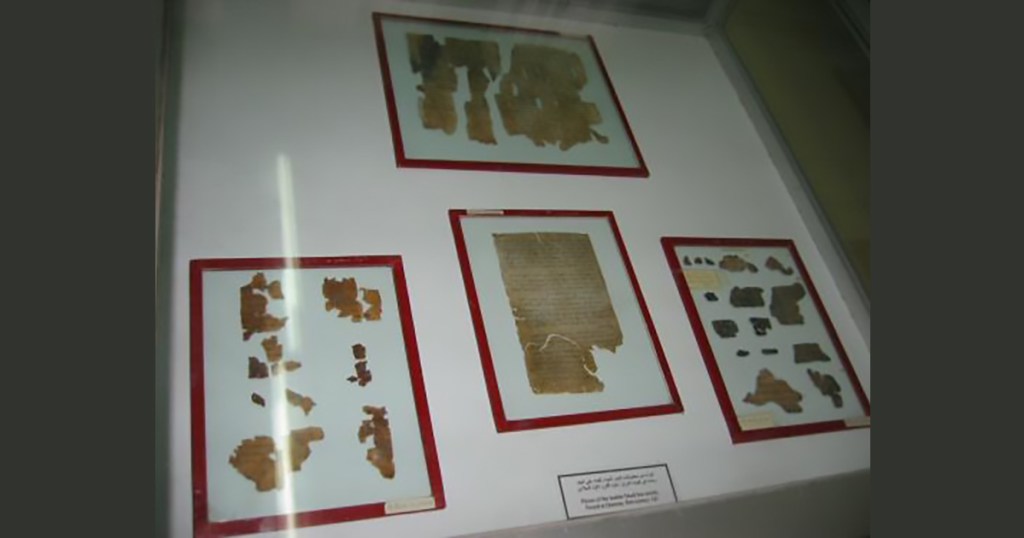
In the positive view, there is the adorning of the bride to meet the groom in the Hebrew and Christian Bibles. In the negative, the prophet Isaiah criticizes female adornments that denote the loftiness of the woman. The idea is to bring together researchers who can bring insights to this question. Pergaminho do Mar Morto – Foto: Berthold Werner via Wikipedia/CC BY-SA 3.0
Greek translation and heritage of humanity
Suzana brings to mind that the Hebrew Bible was written in Hebrew. Howdid this sacred text break the boundaries of an ancient people and become the patrimony of all humanity? “Exactly through its translation into Greek”, reveals the researcher.
She says that the Bible was translated into Greek in the 3rd century B.C.E. (Before Common Era), in Alexandria, Egypt, to serve the Jewish community that no longer mastered the Hebrew of the scriptures, however, much of the possibilities of expression and flexibility of the Semitic language was lost in this translation. “Every translation is an appropriation, but when you go from one culture to another and from a Semitic language to a Western language, there are many ruptures”.
This is commented on by André Kanasiro, a master’s student and one of the participants in the group. He recalls that the Bible was made to be read aloud to an audience (public). And it ended up educating through its narratives, because, according to the researcher, they are stories that convey the complexities of how it is to be human in a world commanded by a single, absolute God. However, at the same time, there are several dialectical contradictions between man and God.
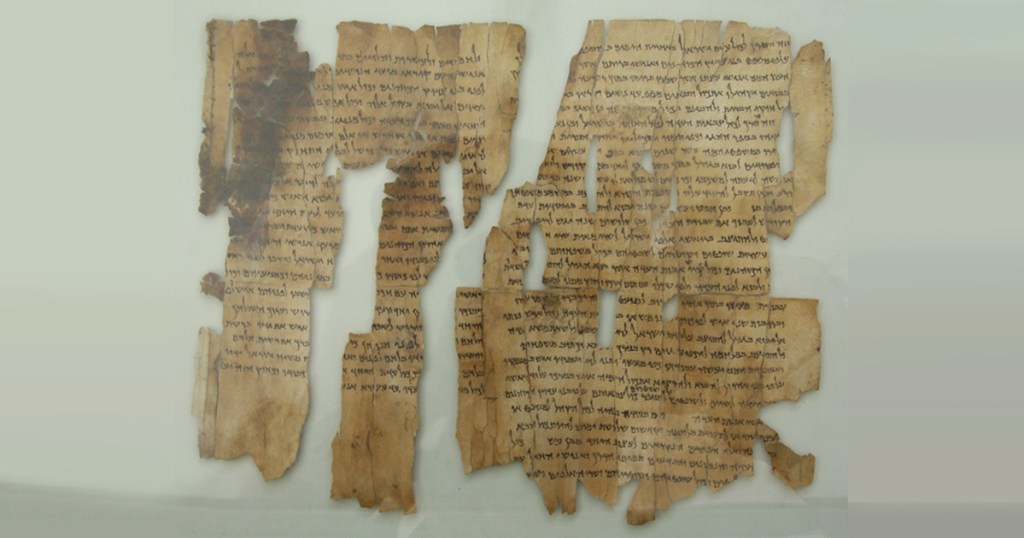
The biblical text takes on a social, public, reading character for the public because the text itself says that it must be read periodically for the preservation of memory, with its contradictions and ambiguities. Whatever God implements for Israel, He implements based on the memory of what He did before. And the prophets shall do the same, referring to the Torah, etc. This is a tradition that builds on each other and is always engaged with this audience. This is very important because it will dictate the
interpretations of the texts, he explains.
The group examines the scriptures from the matrix of the Hebrew text, but they also employ other translations, such as the Septuagint — the oldest Greek translation of the Hebrew Bible. Researchers also investigate the Dead Sea Manuscripts, the earliest biblical texts found, the Aramaic versions, and others, including the most modern.
Research Group
Suzana says that here in the West we are accustomed to thinking of the Bible as a product of Western culture, but it is an Oriental product. “So, it is important to make this rescue, returning the Hebrew Bible to the context of the ancient Middle Eastern civilizations, studying it through its language and idiom, to allow these texts to speak in their terms”.
“To this purpose, we are gathering a group of researchers from various fields of knowledge, who can contribute to the formatting of a critical and interdisciplinary commentary that accounts for the distinct dimensions of the biblical record, a commentary that is both comprehensive and thorough”, highlights the professor.

The group, currently consolidating partnerships with researchers from foreign universities, has the support of the Center for Jewish Studies at USP and the Graduate Program in Literature at FFLCH/USP.
Among the members is André Kanasiro, who is studying the characterization of YHWH in the narrative of Balaam (Numbers, 22-24). YHWH is a tetragrammaton that, in the Hebrew Bible, indicates God’s proper name.
Meanwhile, the Ph.D. candidate Quéfren de Moura Eggers researches the characterization of the daughter in biblical literature and is also involved in studies on Bible translation into minority and sign languages in the United Bible Societies (UBS) training program for translation consultants.
Jonas Araujo Saboia is a master’s student and his research is on the divorce laws in Deuteronomy.
The group also includes Daniela Susana Segre Guertzenstein, who researches the feminine in Jewish exegesis; Manu Marcus Hubner, a researcher at the Center for Jewish Studies at USP; Professors Pedro Paulo Abreu Funari (Unicamp), archaeologist and historian of Classical Antiquity; João Cesário Leonel Ferreira (Universidade Presbiteriana Mackenzie), who applies literary analysis to the New Testament; and Jacyntho Lins Brandão (Universidade Federal de Minas Gerais), a Hellenist and translator of Mesopotamian epics into Portuguese.
The Creation of the Human
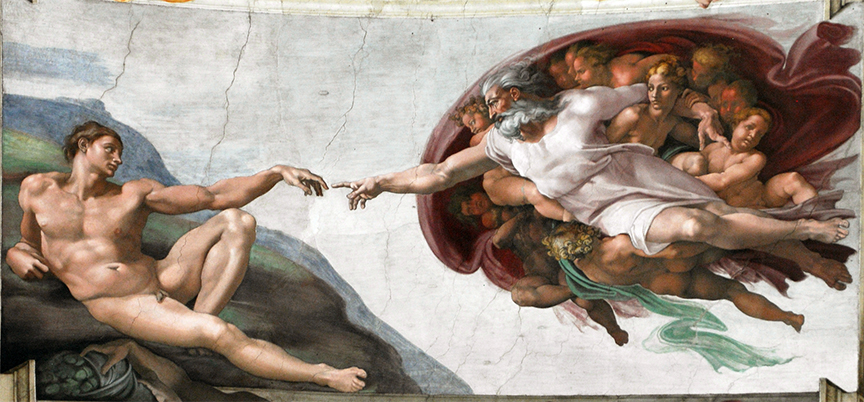
Tell the story of Eden, from the possibility of comprehension provided by reading in the original Hebrew:
“God creates Adam [human, genderless] from the dust of the earth, blows into his nostrils a breath of life, and places him in a garden.
God declares: “it is not good that the human should be alone. I will make for him a helper [genderless] to match him”.
God molds the animals out of the earth and leads them to the human, who names them all but does not find among them a helper who corresponds to him.
God puts the human to sleep and takes away one of his sides [in Hebrew, the word rib is also “side”] and closes the flesh underneath.
God built the rib which he took as a woman and leads her to the human [who is now, only half].
He says: “this one, yes, is bone of my bones and flesh of my flesh; this one shall be called woman [ishá] because from man [ish] she was taken.”
Bible editor’s note: Therefore the man leaves his father and mother; he adheres to his wife and they become one flesh (remaking the original unity of the human being through sexual intercourse).
